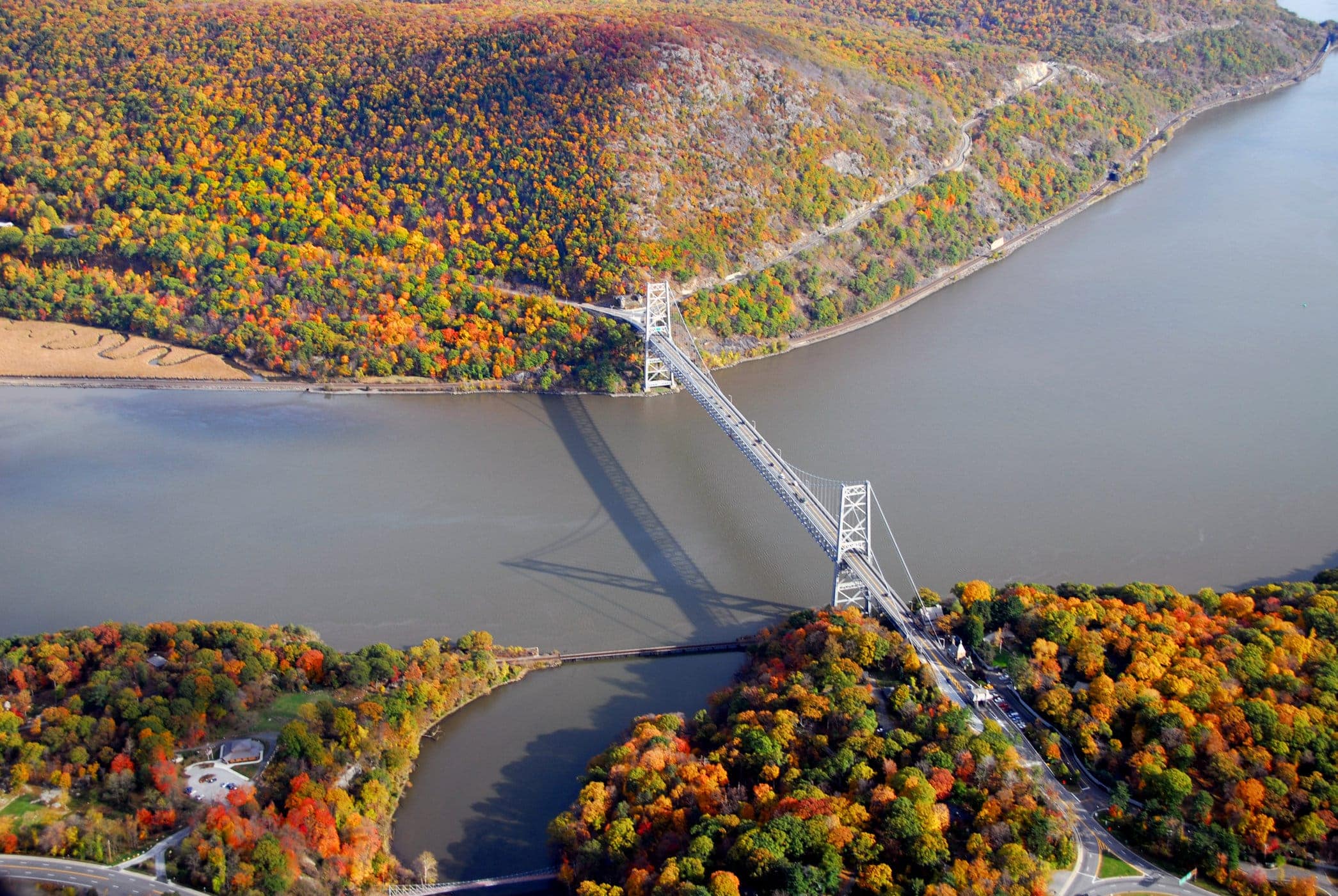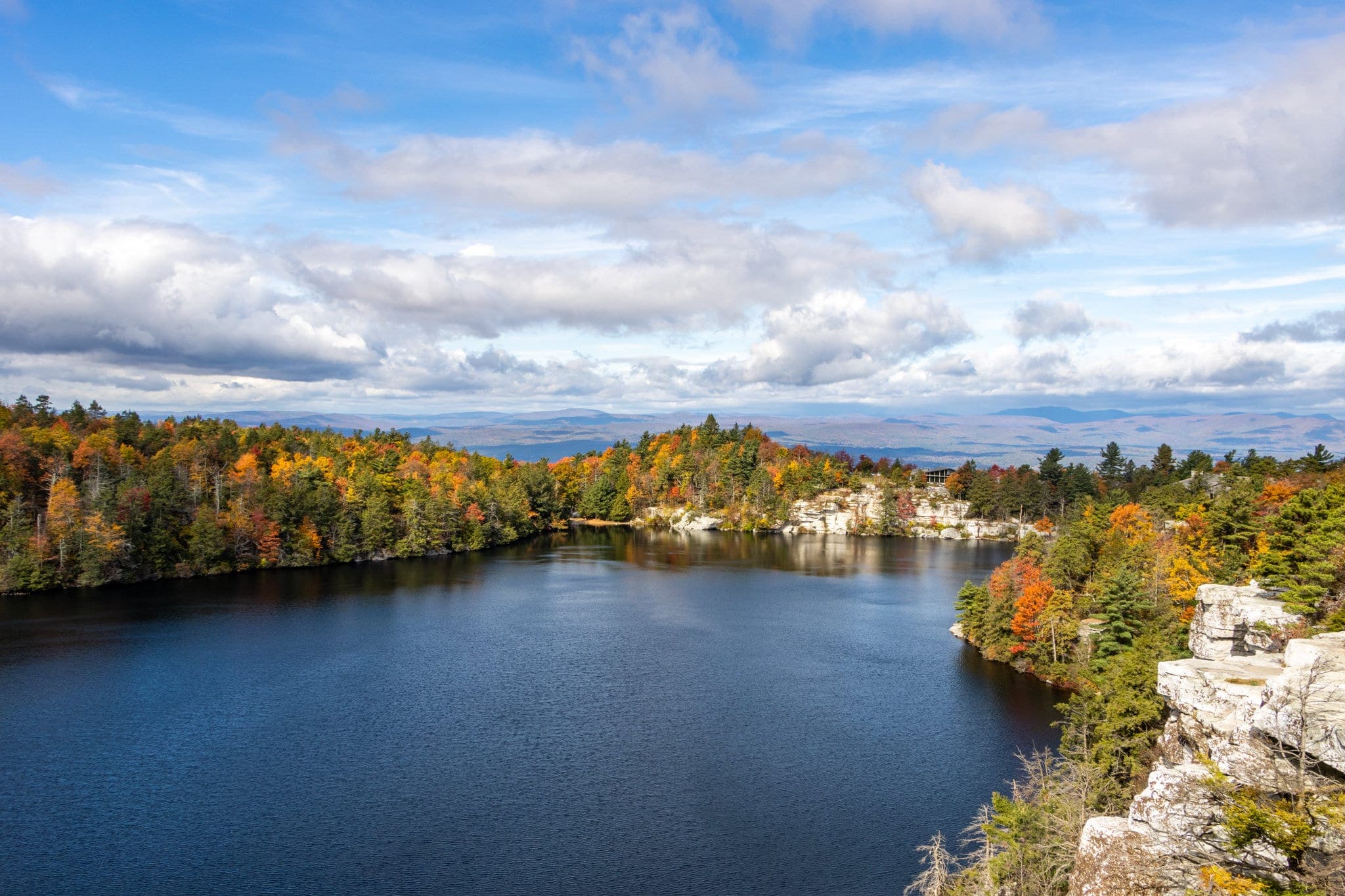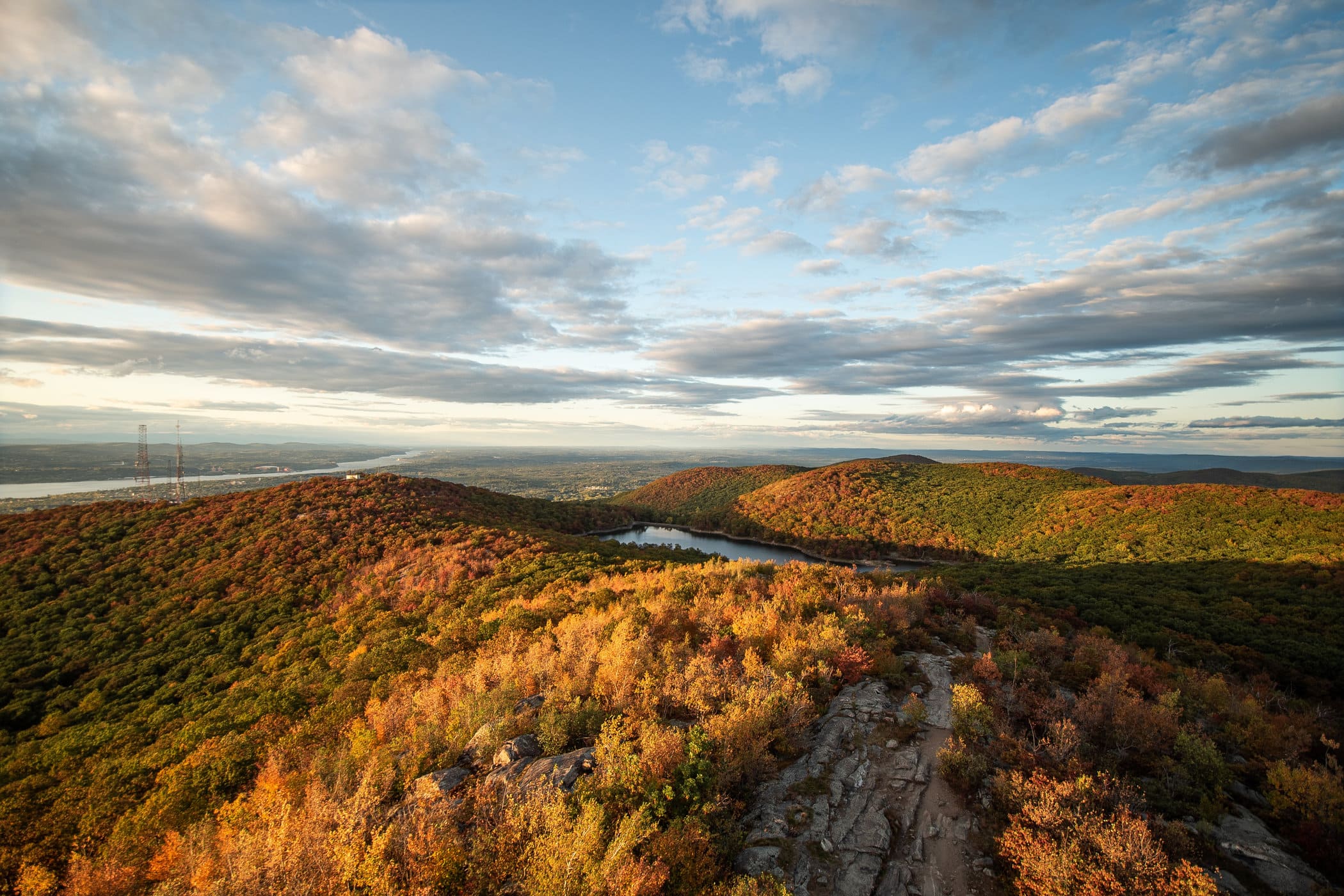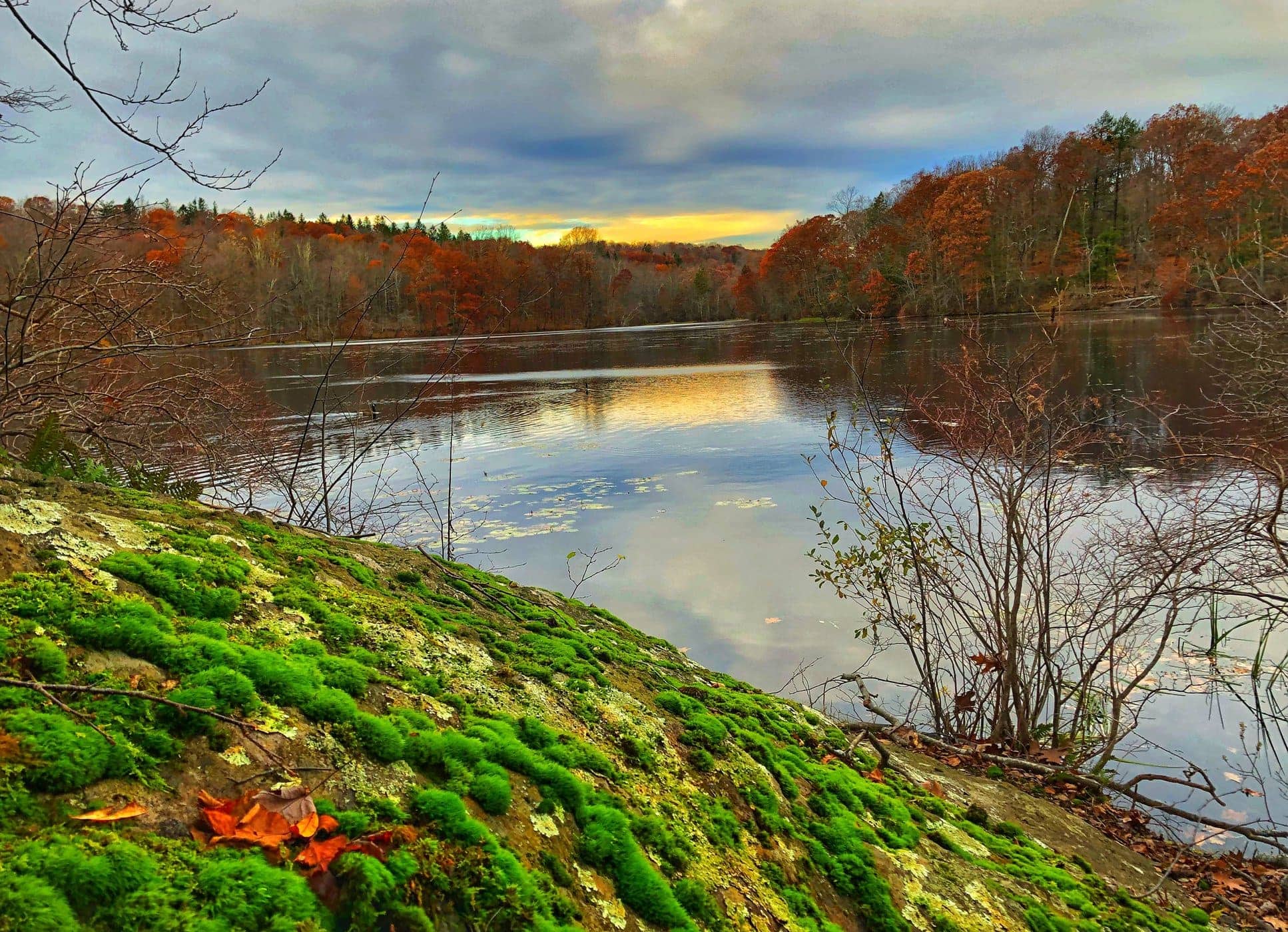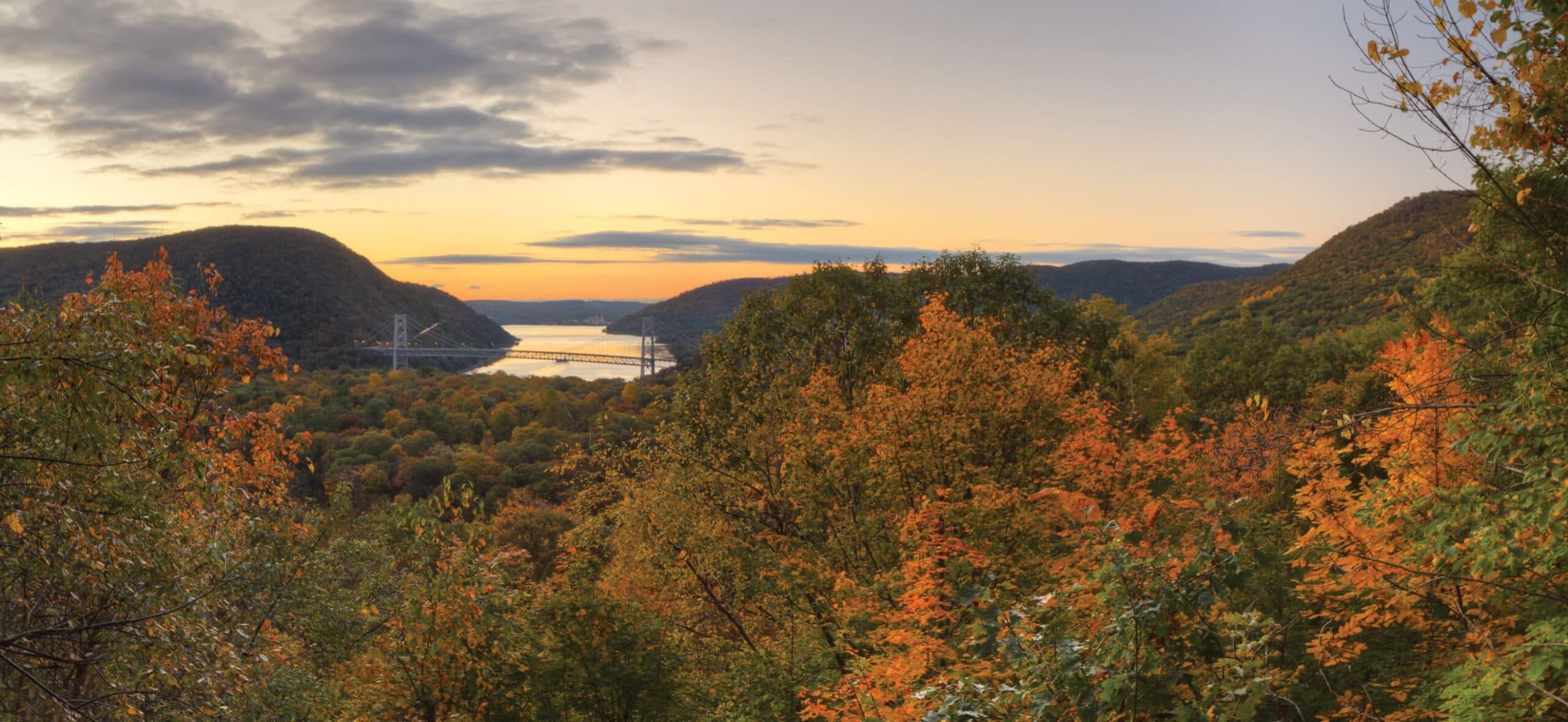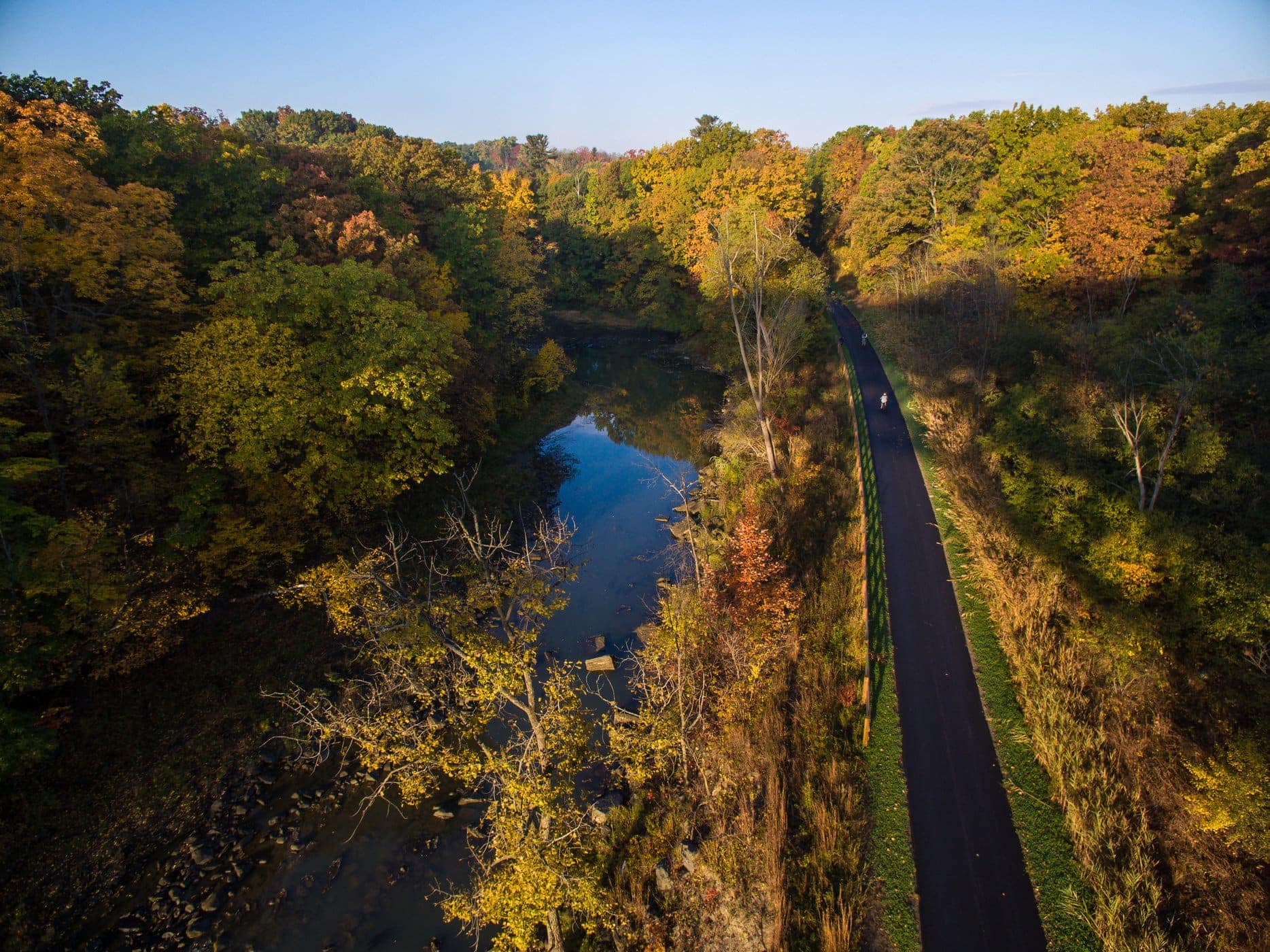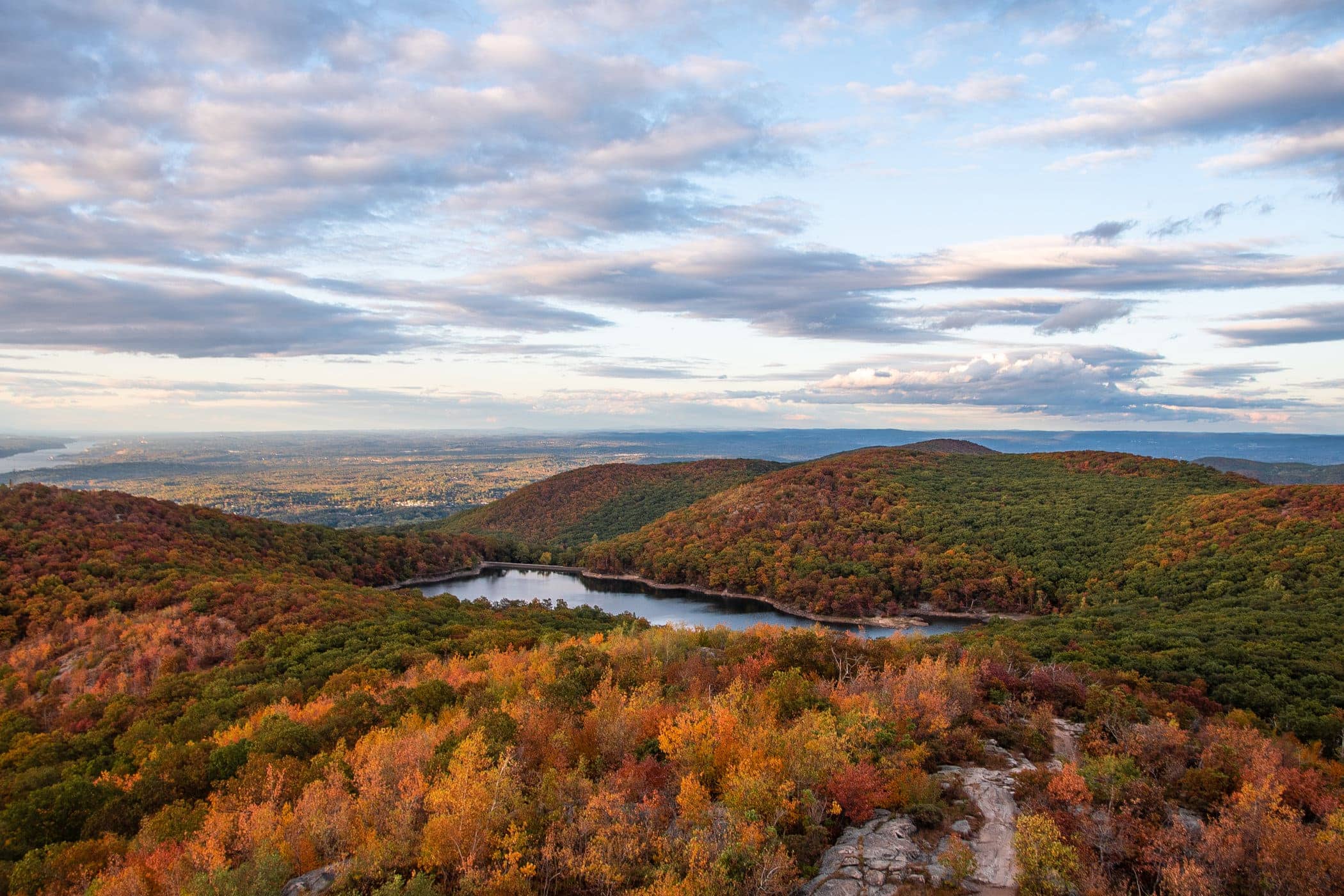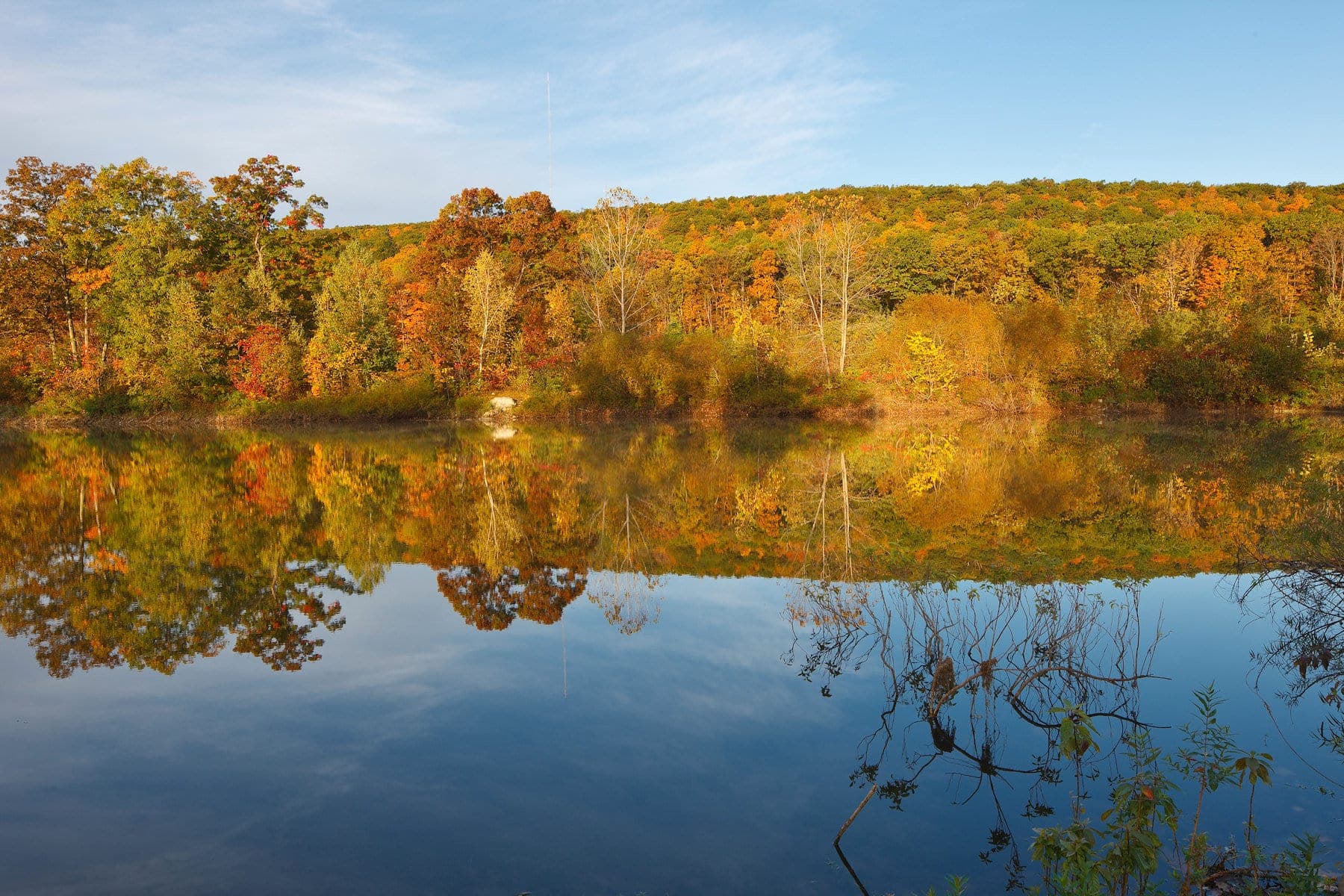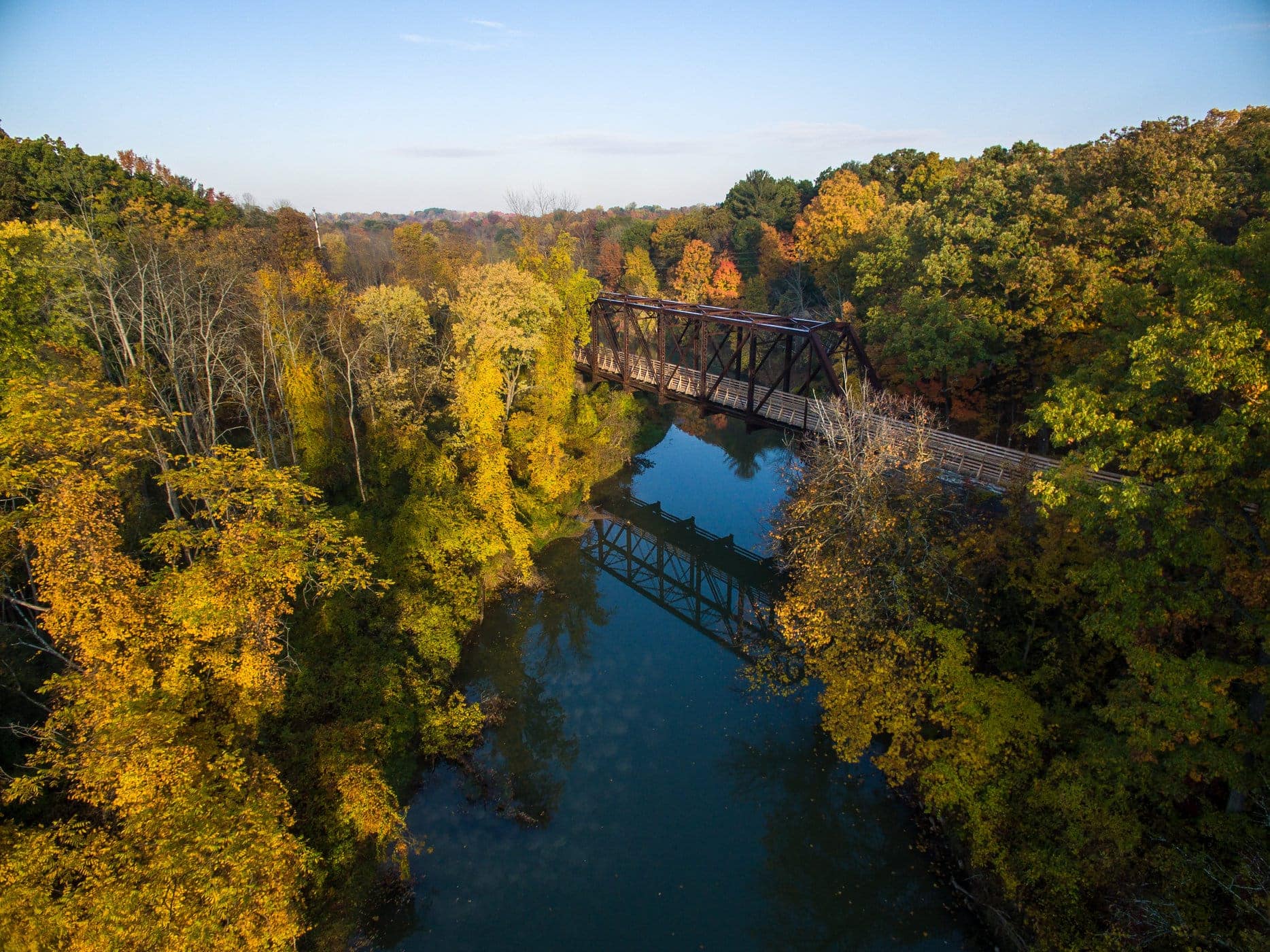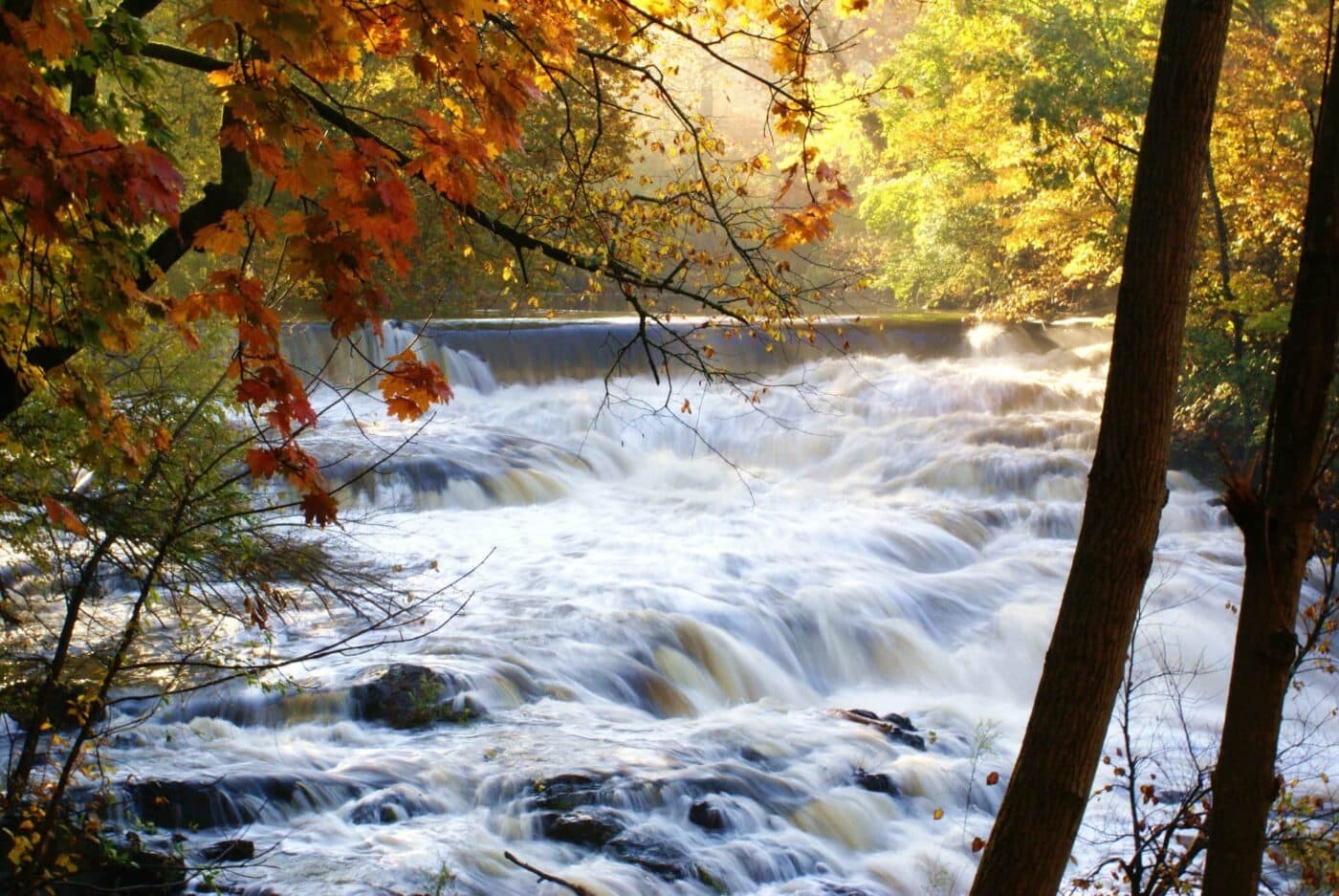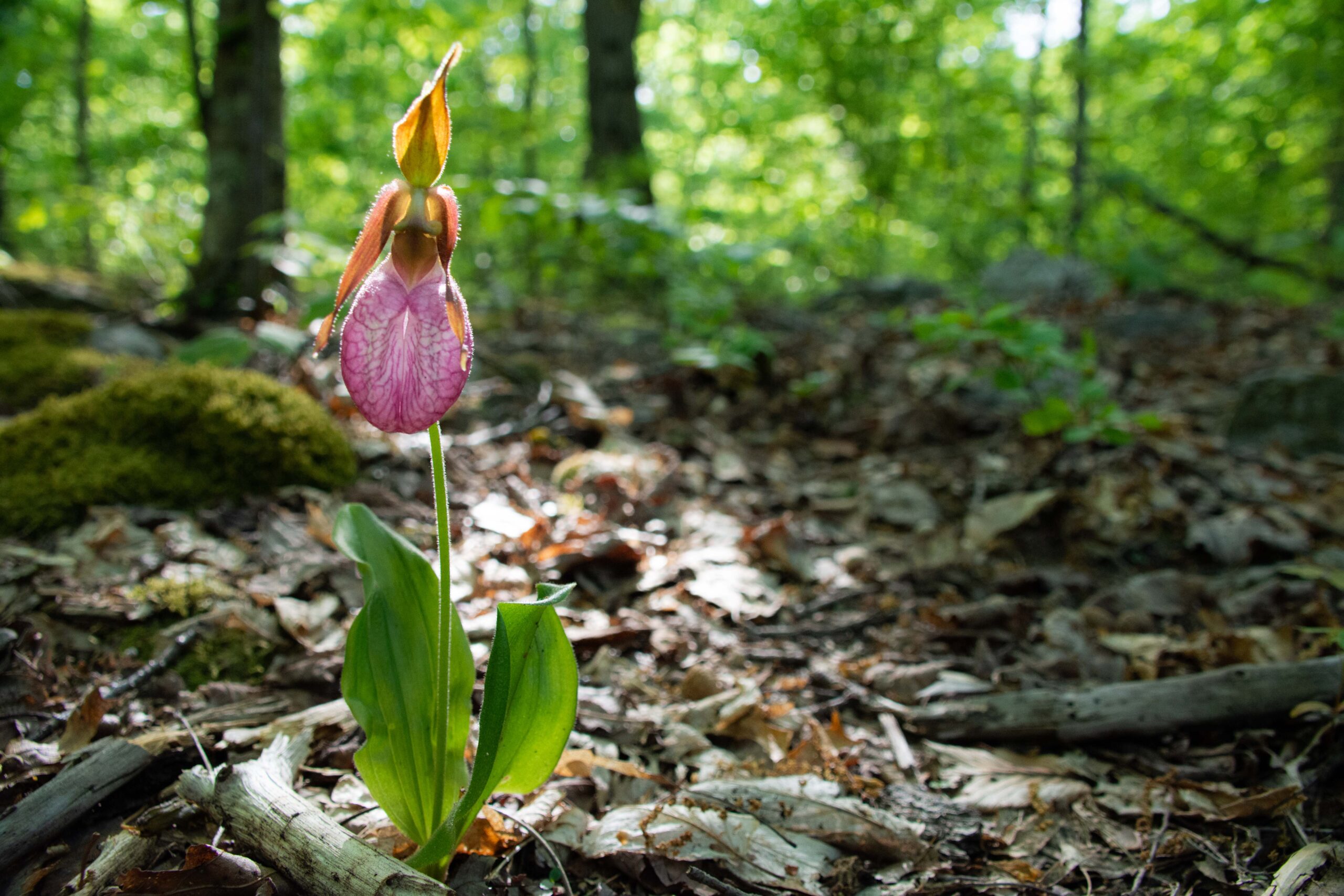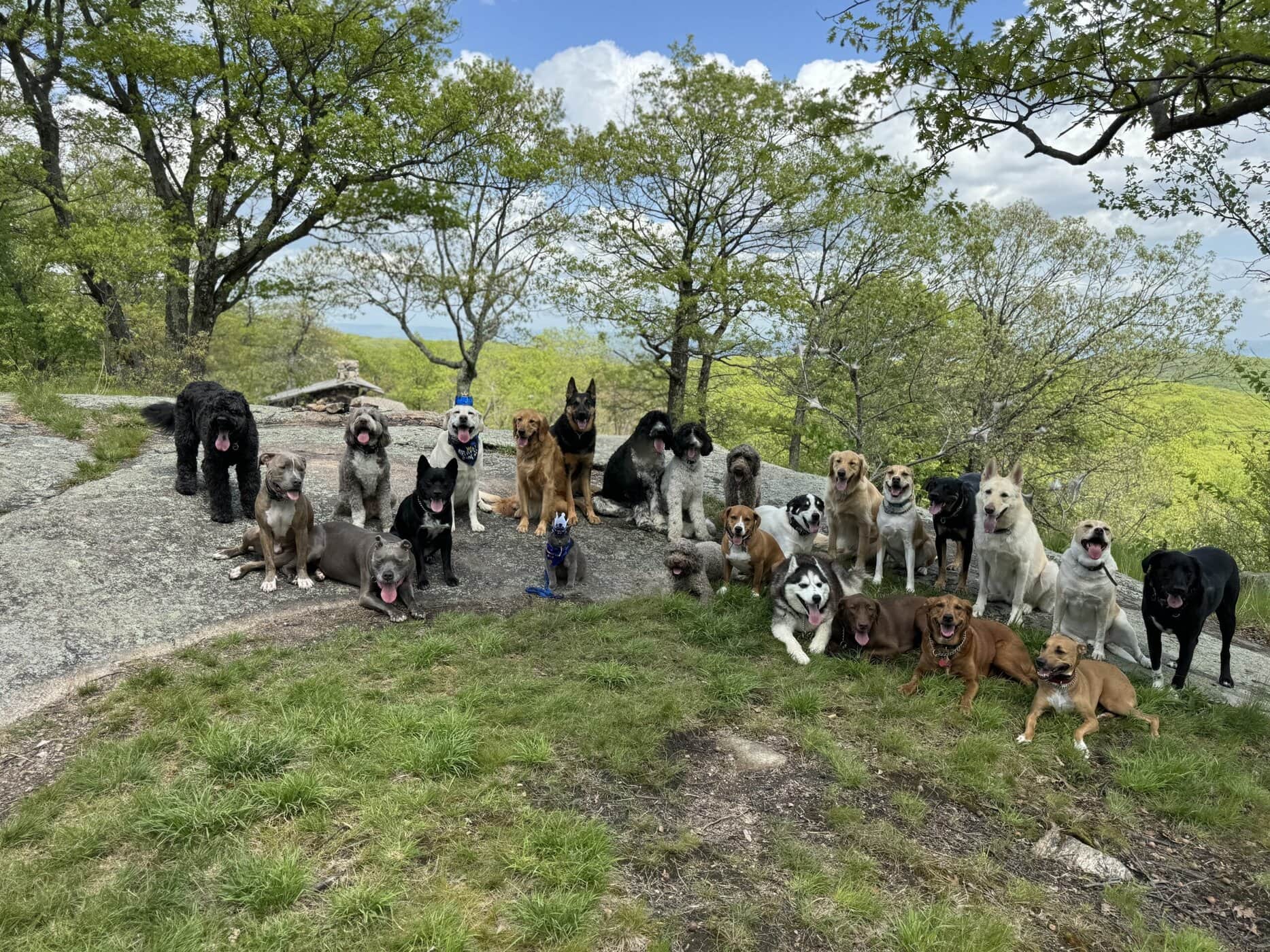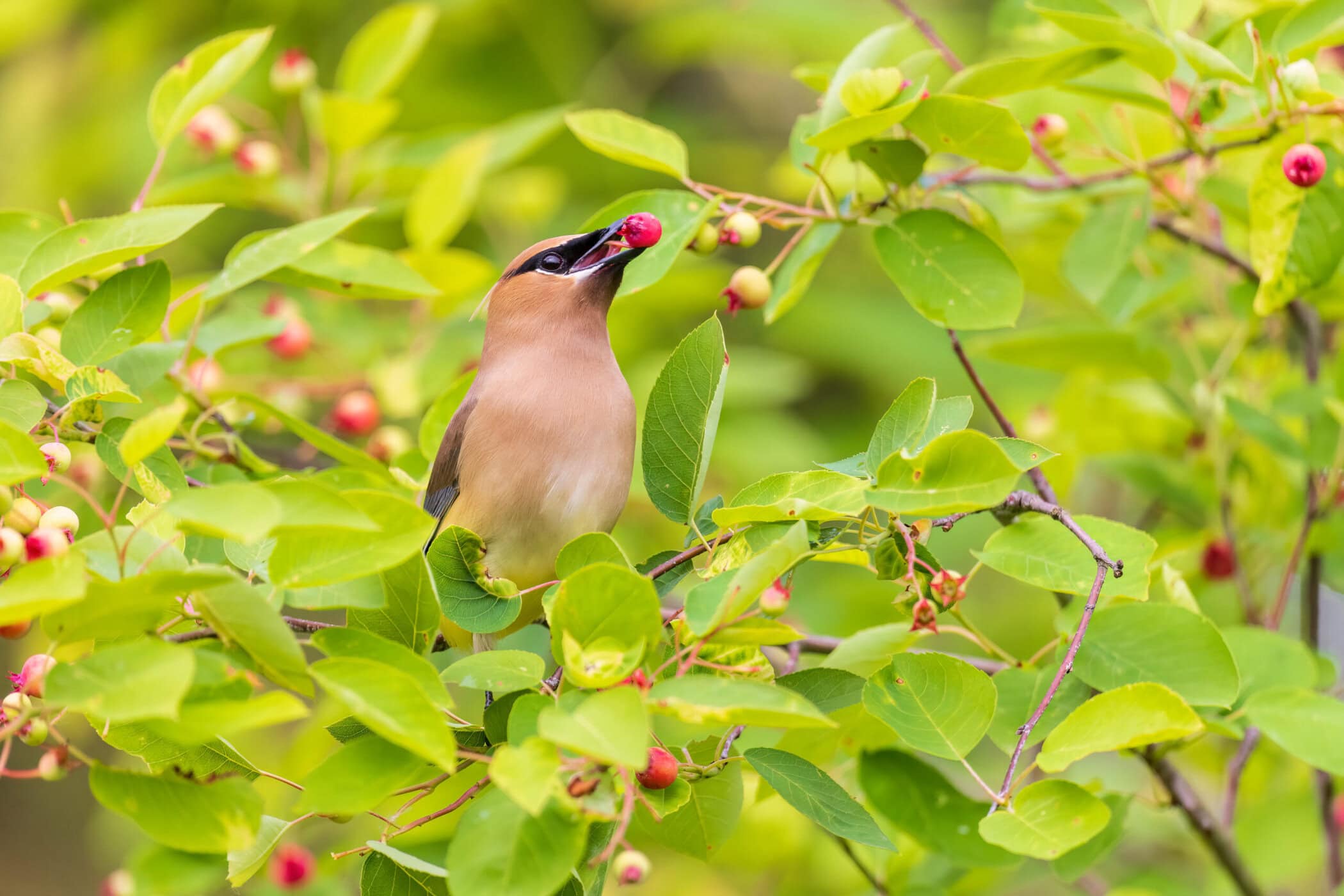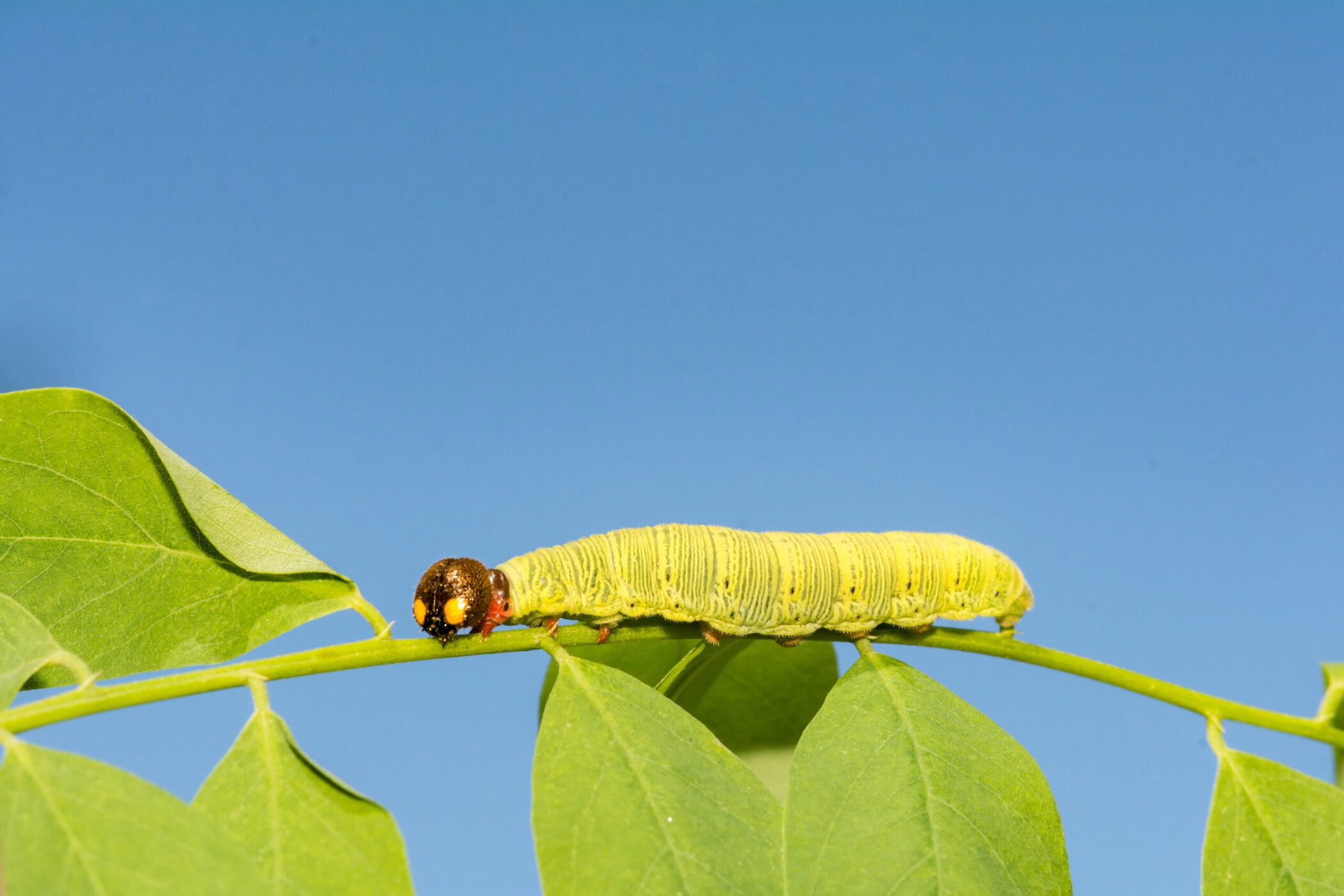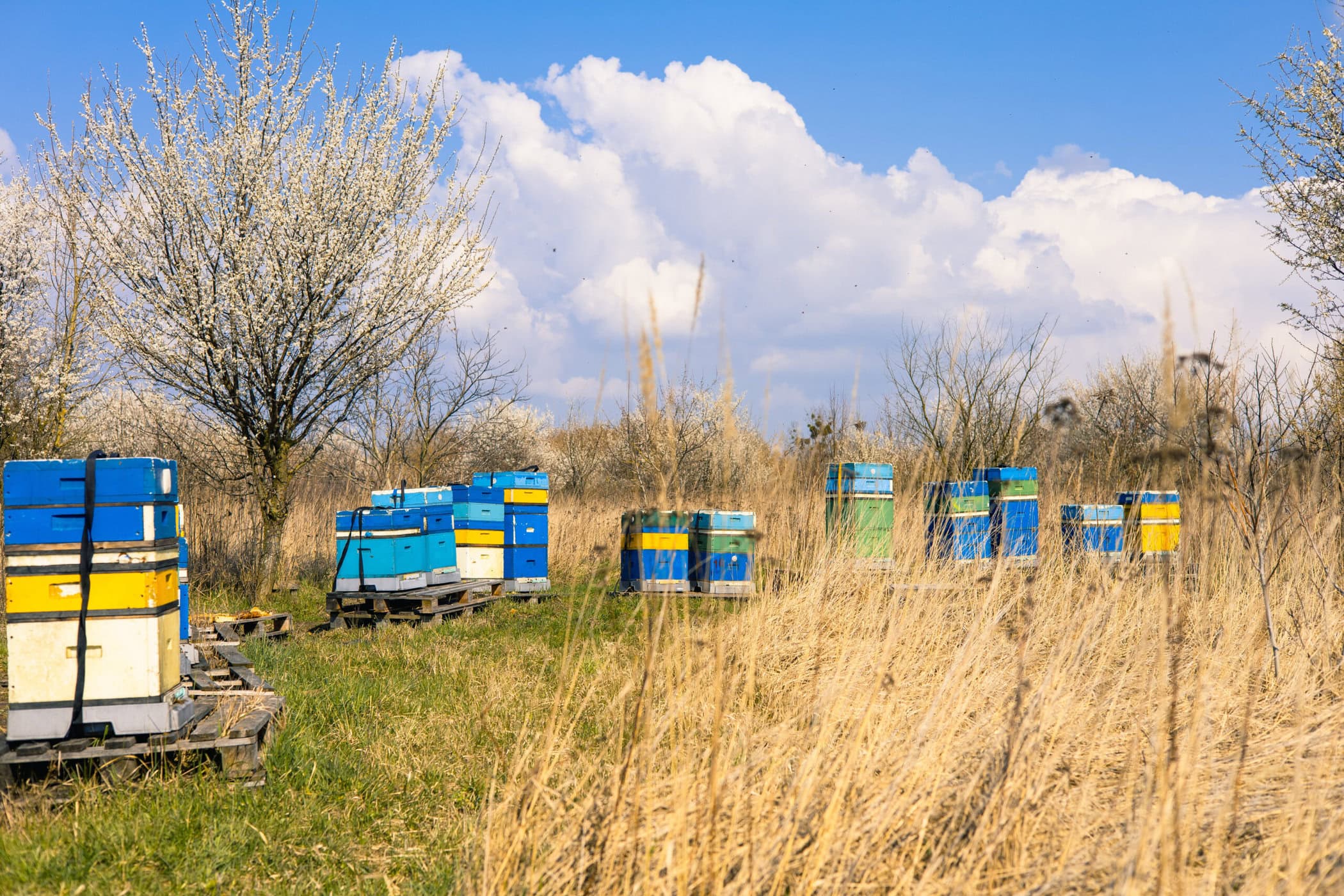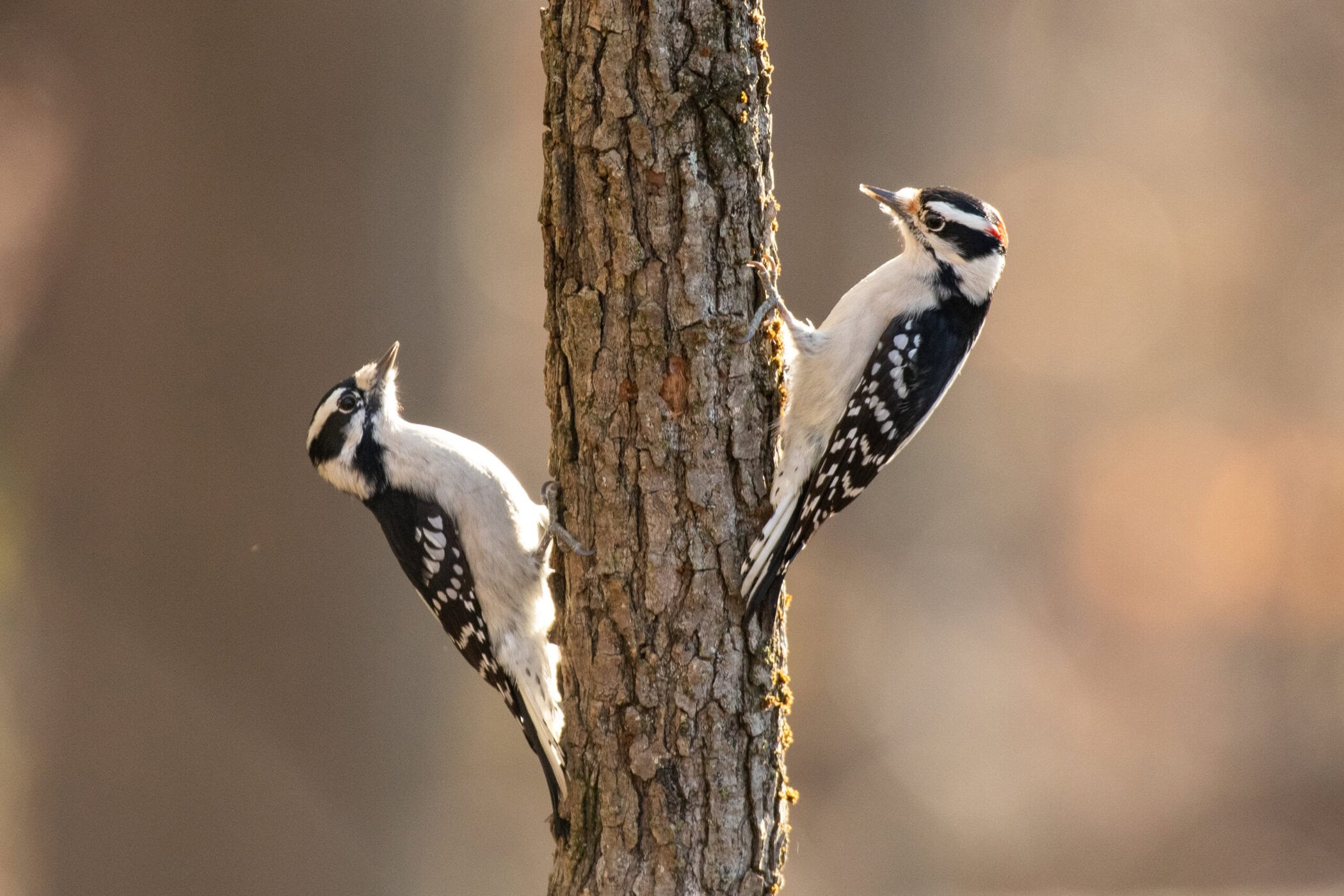The photogenic sprawl of trees in their vibrant fall colors is arguably one of the Hudson Valley’s most defining features, annually drawing the awe of locals and out-of-towners alike. But if it has crossed your mind in recent years that the arrival of autumn’s fiery hues just seems different than before, you might be onto something.
In an era of rapidly changing climate, this yearly spectacle we’ve counted on to materialize like clockwork is becoming more erratic.
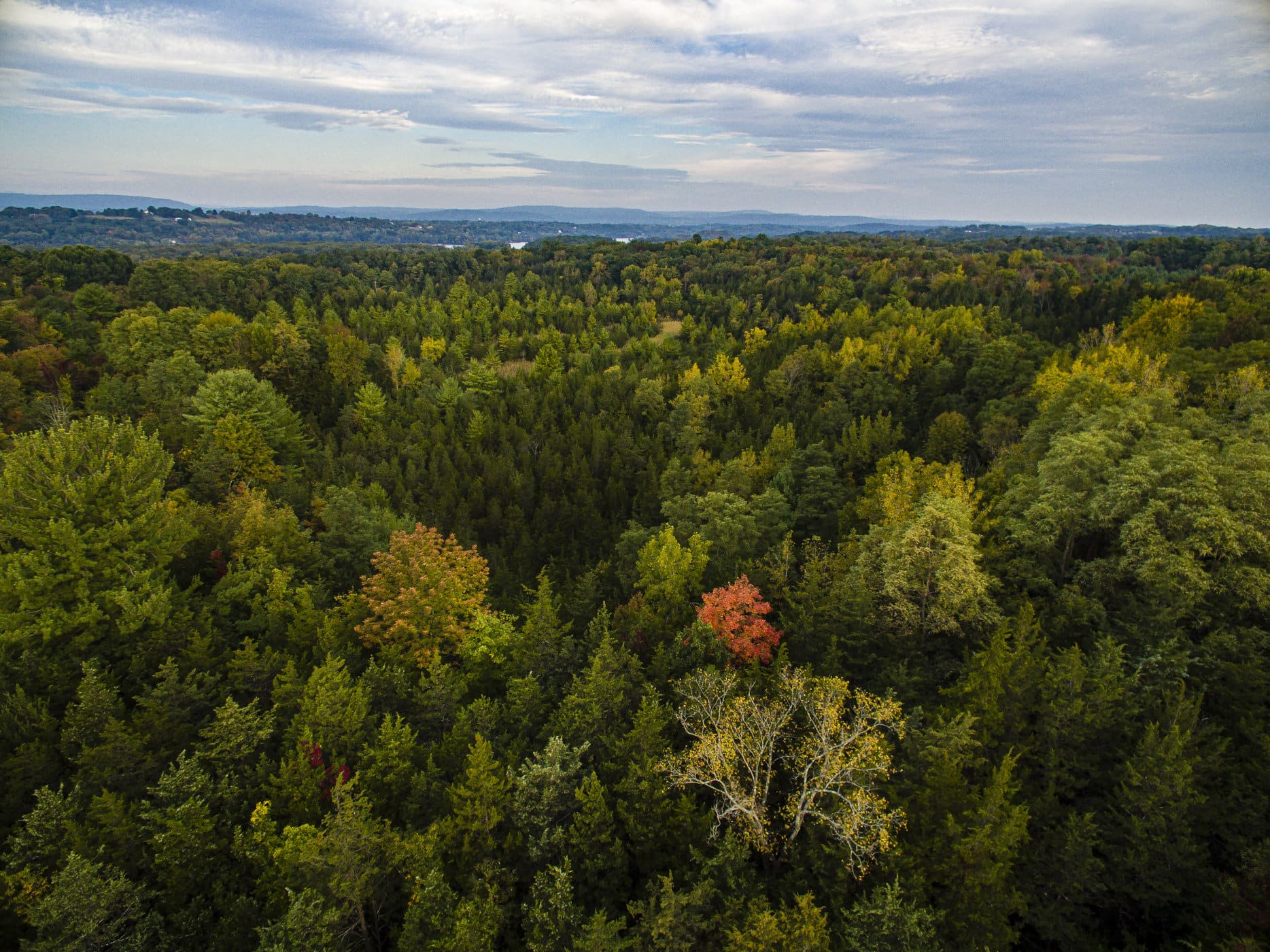
Some say the leaves are starting to change earlier, dipping backward into the lingering days of summer. Others note they’re changing later and not sticking around as long as they once did, cutting the window of peak colors down to a miniscule few days. Others yet bemoan duller displays while, conversely, some marvel at more vivid coloration. The anecdotes would seem to contradict one another, except somehow, they’re all rooted in truth. It just depends on your point of reference — and a multitude of natural phenomena that are increasingly in flux.
Leaf senescence, or the colorful process of their breakdown before falling off the tree, is a complex operation. There are several factors that go into determining how leaves’ end-of-life transition will pan out, most critical being temperature, precipitation, and the availability of sunlight.
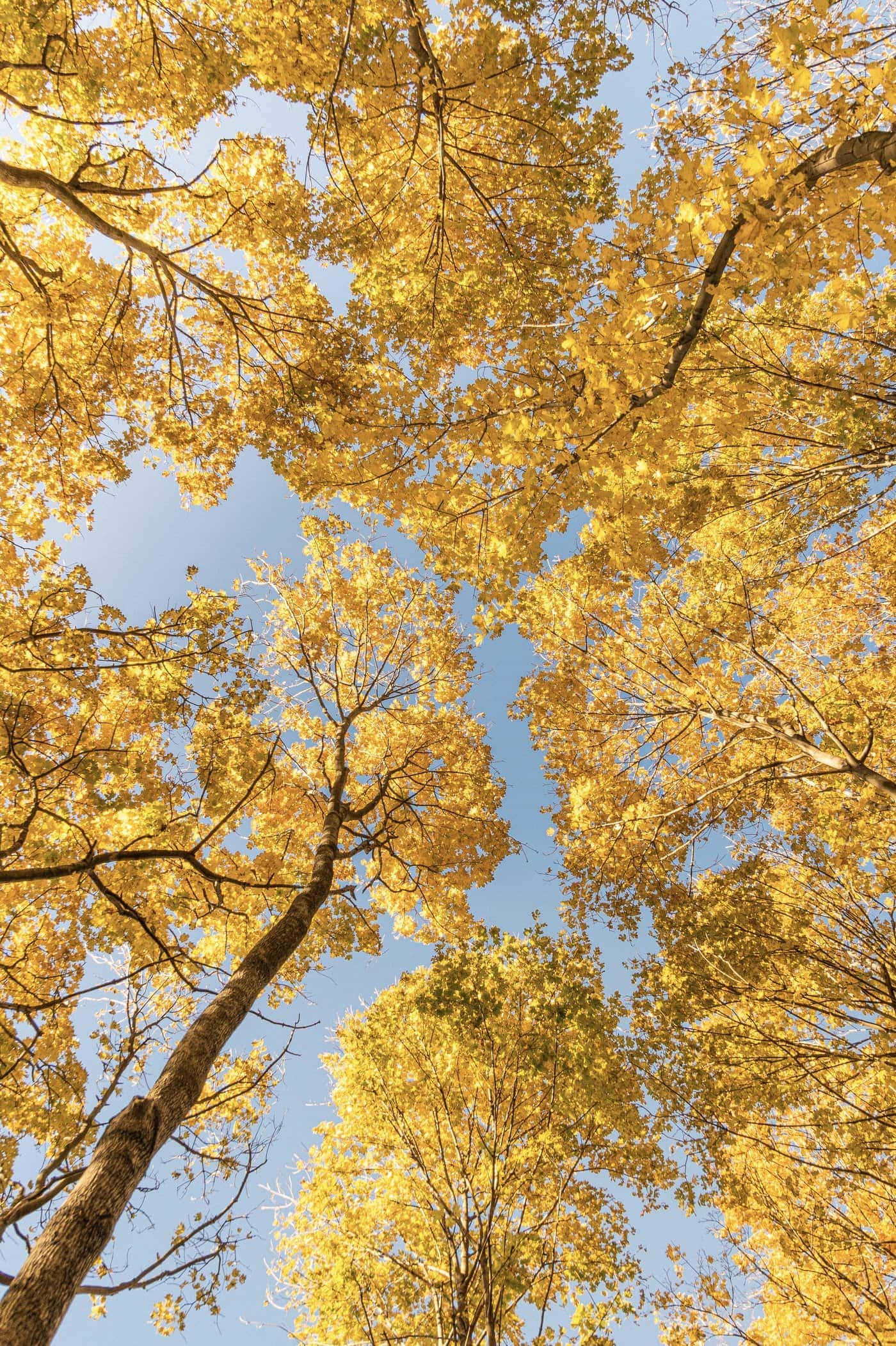
Leaves get the energy they need to make food from the sunlight, which is absorbed by the green-pigment chemical, chlorophyll. As the conditions become less suitable for this transaction — photosynthesis — during the shorter, colder days of fall, it halts, and that green chlorophyll deteriorates, giving way to previously masked colors like yellow and orange, along with chemical processes in species like maples that produce brilliant reds.
But climate change has started to throw things off. Broadly, the Hudson Valley is trending toward a warmer, wetter future, and summer’s hot days now frequently encroach into fall. This so far has resulted in some instances of later, seemingly sped-up fall color displays.
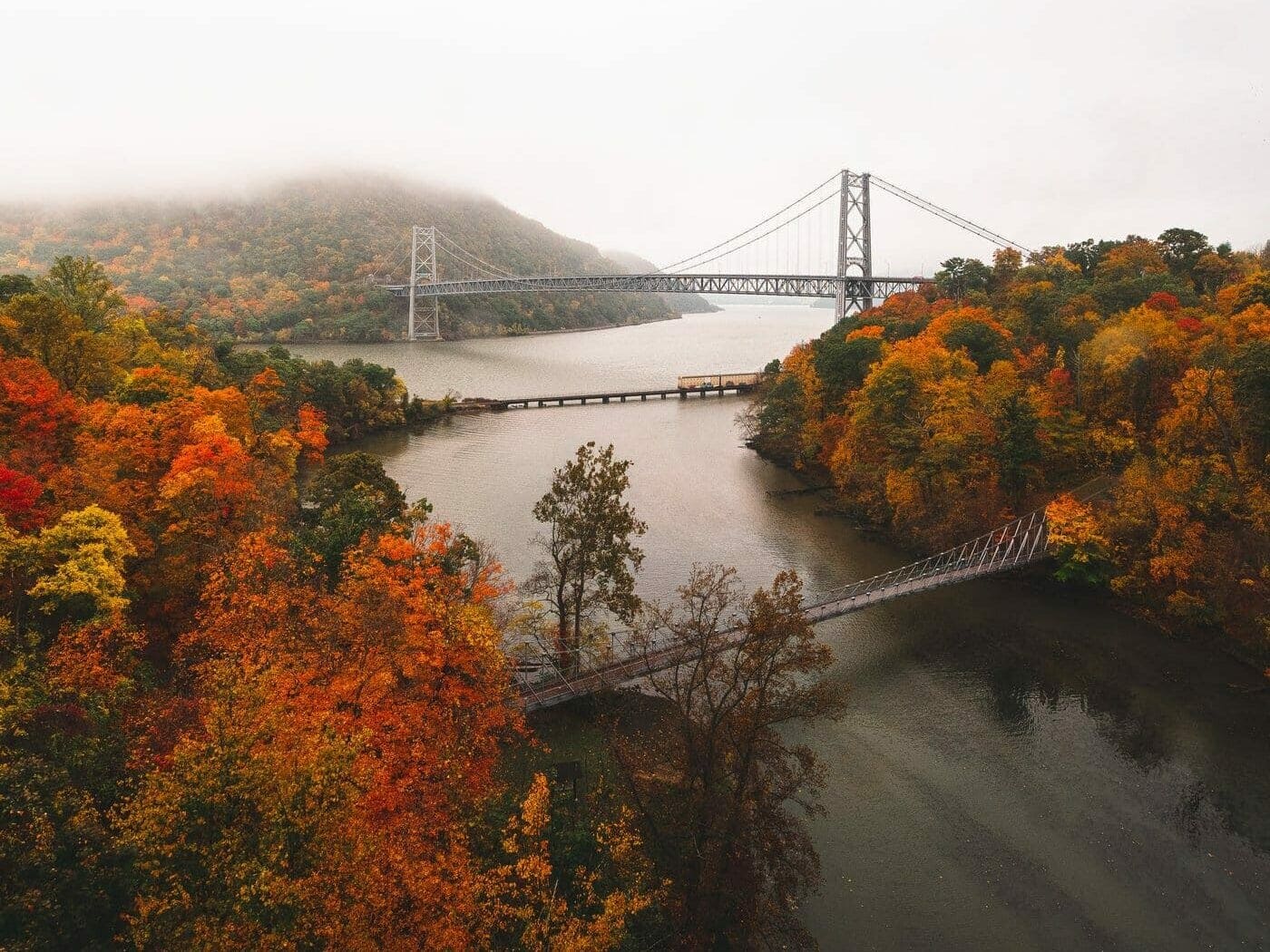
“One of the things that we’ve been seeing is, as conditions are getting warmer, that’s allowing the plants to keep their leaves on for a little bit longer into the season,” says Mukund Palat Rao, an ecoclimatologist and postdoctoral researcher at Columbia University’s Columbia Climate School.
“However, at some point, the light limitation becomes of greater importance than the temperature. When the availability of light is too low, even if you could have the leaves green later, at some point they just have to drop. And so, as the climate conditions are warming, you can have a delayed autumn, but then because the plants are running into this limitation of light, the senescence period — or how fast the leaves are becoming red and browning, and then eventually dying and falling off — that period is becoming shorter.”
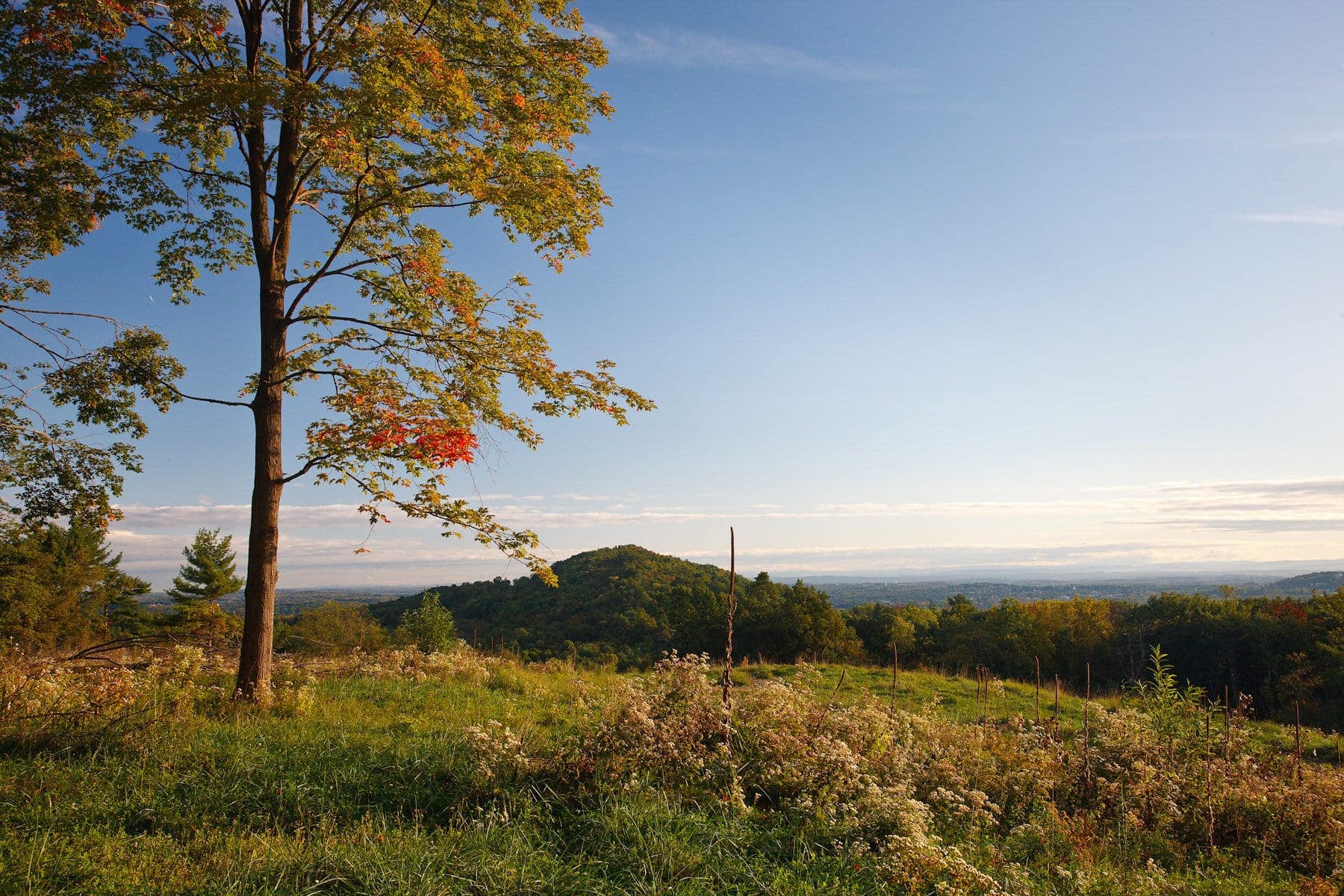
Rao, whose research focuses on the effects of climate change on the forest carbon cycle, works with an observation installation dubbed a PhenoCam, which snaps pictures of the forest canopy every 15 minutes from a rooftop at Columbia’s Lamont-Doherty Earth Observatory in Palisades, N.Y. This type of round-the-clock monitoring has allowed for unprecedented insight into the behavior of local seasonal phenomena, like the timeline and vibrancy of fall leaf colors.
The Palisades effort is still in its infancy, though, at only about three years up and running, and the team will need a lot more data to better assess the long-term outlook. “What we don’t know, for example, is there a threshold beyond which autumn cannot be delayed any further?” Rao says. “How fast is that transition going to happen? Is that just going to get shorter and shorter? That’s something that we are still trying to understand.”
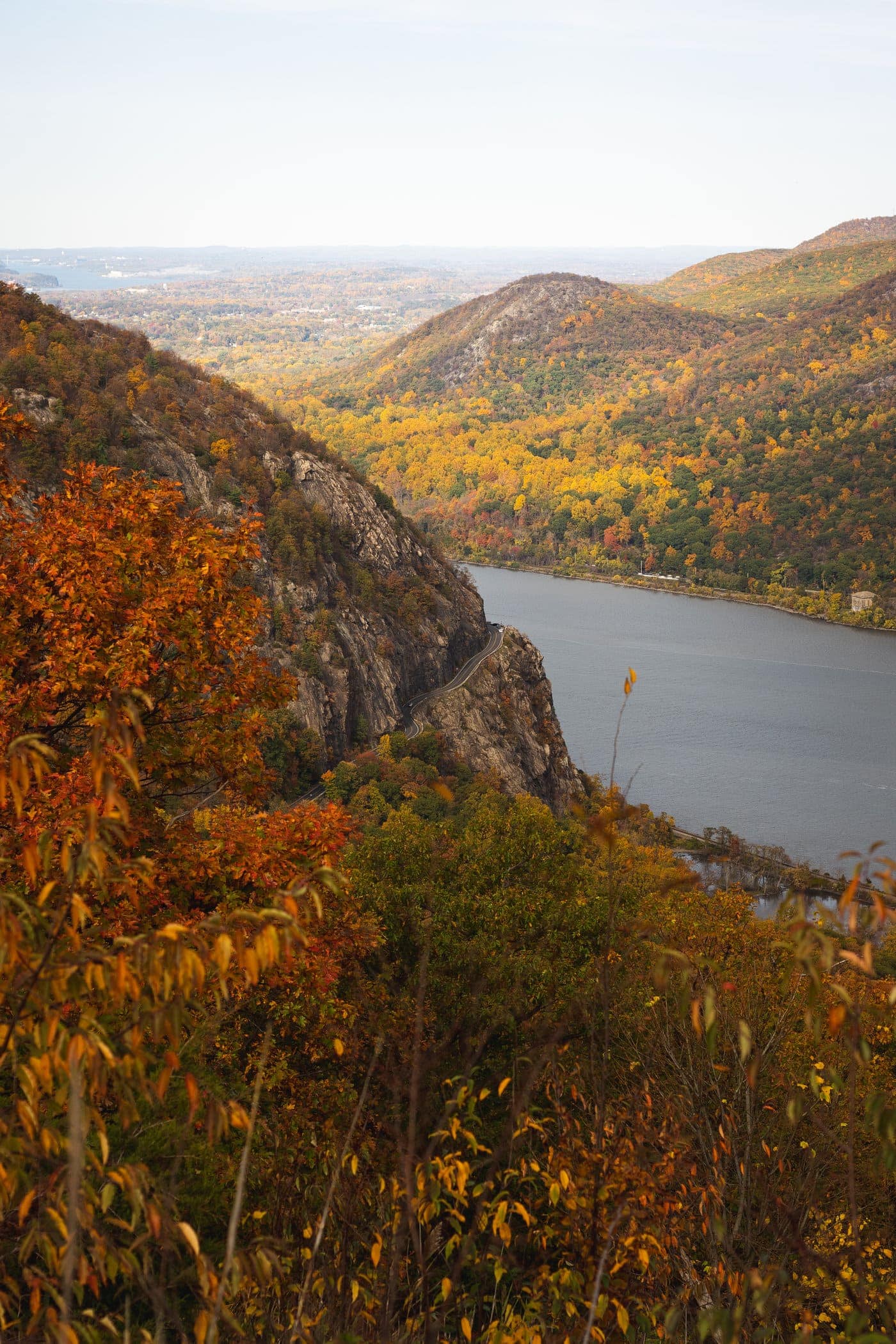
The PhenoCam system (“pheno-” coming from phenology, the study of natural periodic events) was pioneered by Andrew Richardson, now a professor and researcher at Northern Arizona University. After establishing the first such network in New Hampshire’s White Mountains region in 2008 and later receiving the funding to scale up, his PhenoCam Network has expanded nationally and internationally to now include over 700 cameras. Data from these sites are publicly available through the network’s interactive map, which allows users to hone in on their specific areas of interest. “We’ve got something like 60 million pictures in our archive, [about] 40 terabytes of disc space,” Richardson notes.
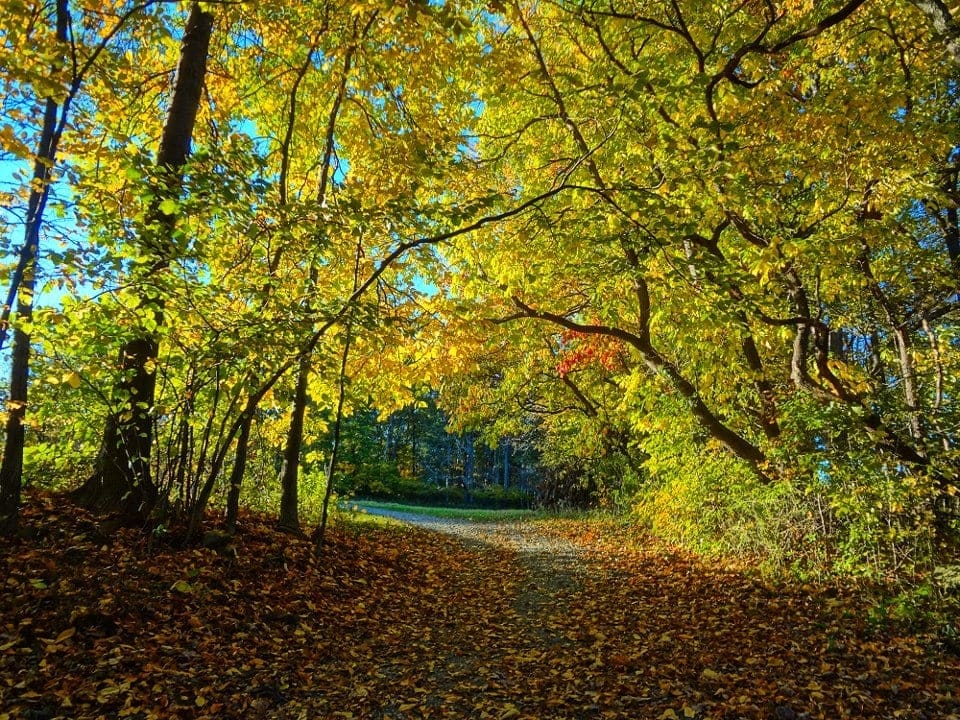
In the Hudson Valley and across the nation, the data are pointing toward a common theme: variability.
While “warmer and wetter” may be the overall tilt in these parts, climate change is also giving rise to more extreme weather events, adding further complexity to the issue. Precipitation, an aforementioned key ingredient in the leaf lifecycle, is all over the place, with some years bringing an onslaught of heavy rainfall and others, like this year, bringing drought.
Weather variability begets variability in autumn leaf presentation. A summer drought, for example, makes for “stressed” trees going into fall, which causes leaves to start changing earlier and take on a duller appearance. “If plants are stressed going into autumn,” Richardson says, “they may not have the resources to invest in producing the colorful pigments that make leaves red.”
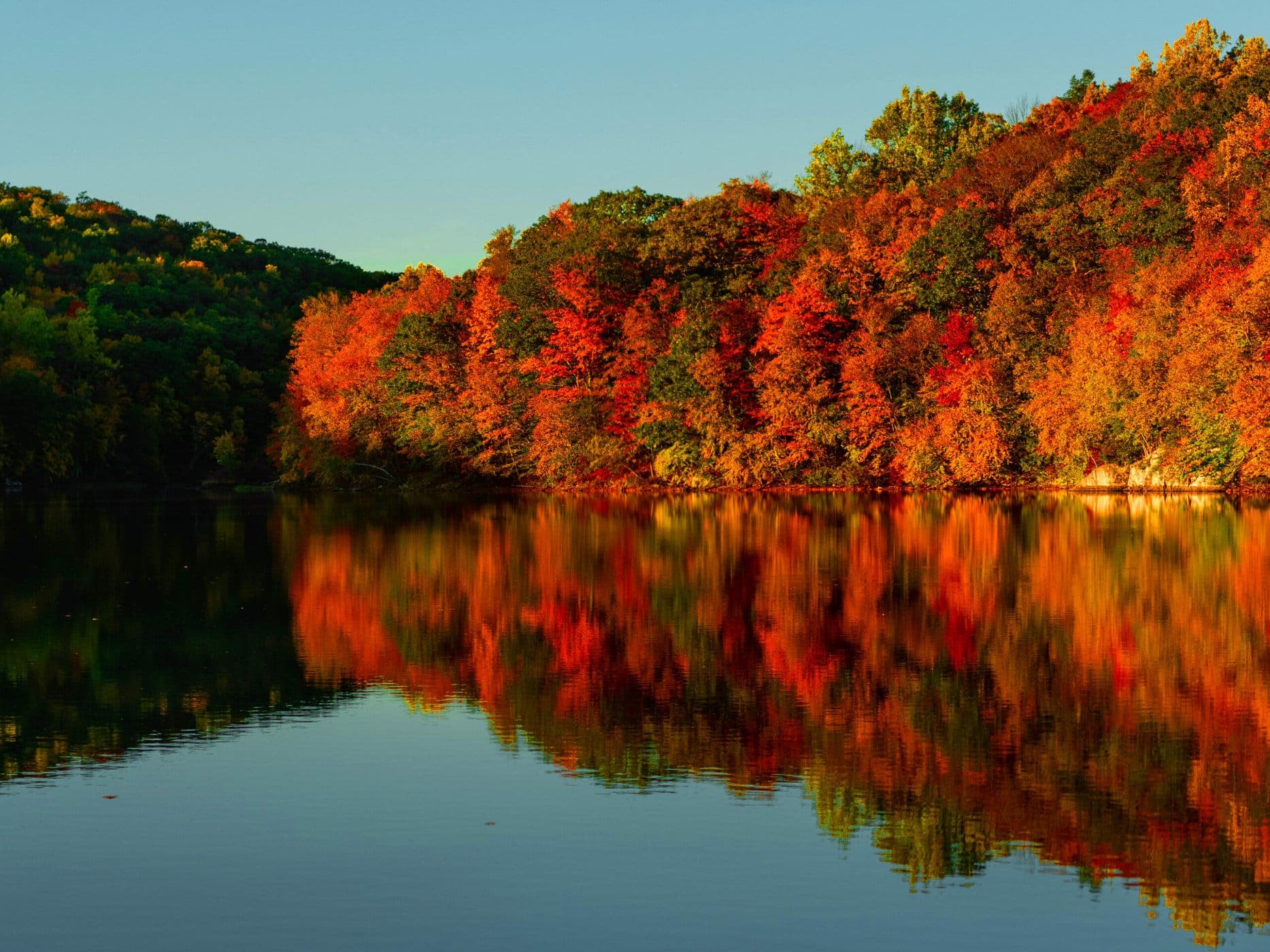
And, what may be true to one locale won’t necessarily be the case for another. “For every area that has a drought, there may be some area where they actually get more moisture than normal, maybe plants are actually less stressed,” Richardson says. “There’s just more variability than we used to see.”
It’s not just precipitation, either. Events like big wind storms — which we’re now seeing more of — could simply strip the trees of their weakening leaves, abruptly severing the displays. Climate change will ultimately influence the actual composition of forests down the line, too, which will affect what colors we see.
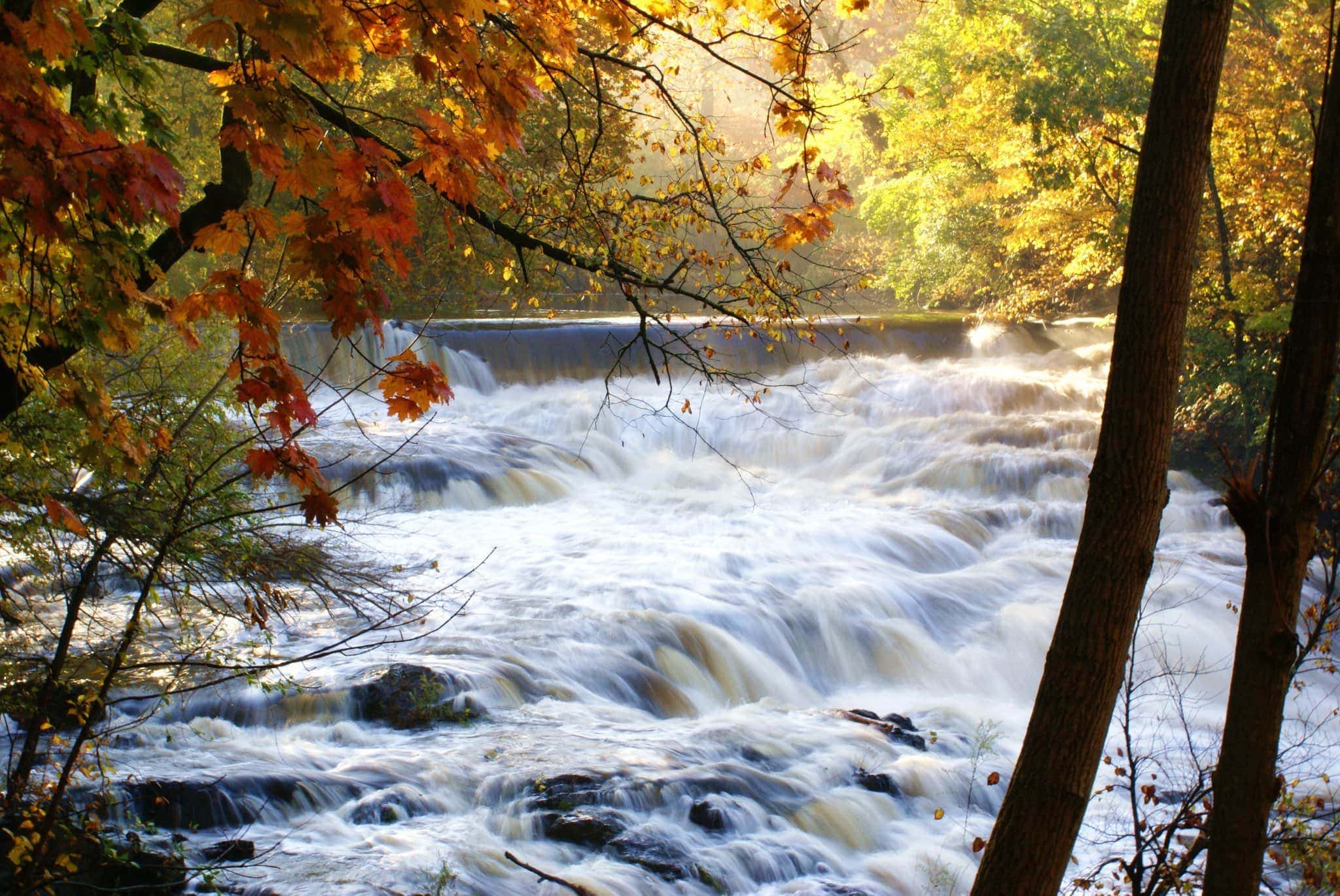
“You’ll start to see more oaks,” Richardson says, “which, in some cases and especially in some years, don’t do much. They just sort of turn brown, and that golden brown can be quite beautiful, but it’s not the same as sugar maples, and the beautiful oranges and reds you get in some other species.”
“Although,” he adds, “red maples are also expected to do pretty well under climate change, so you will have some strong purples there from that.”
For leaf peepers, it’s a double-edged sword. All that variability may make planning a bit trickier for those chasing the views — but it could also mean some of the best are still in store. If one year falls flat, just look toward the next.
Enthusiasts looking to dive further into the issue can share their own observations, too. Document local conditions through the USA National Phenology Network to help better our understanding around climate change and these seasonal processes.
